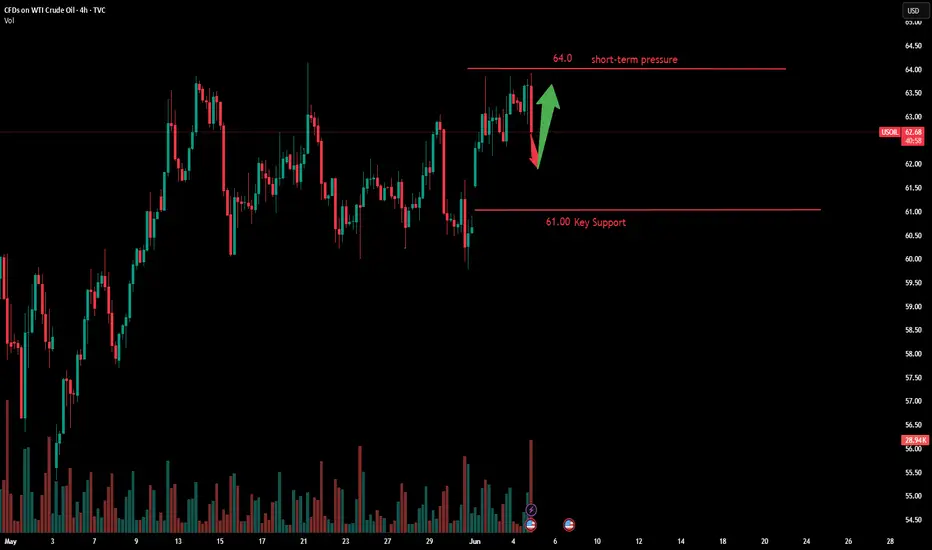In early trading on Wednesday in the Asian market, international oil prices fell slightly, mainly affected by the easing of supply-demand balance and the drag on the global economic outlook from trade concerns. Brent crude oil futures fell 0.1% to $65.58 per barrel, while U.S. WTI crude oil fell 0.1% to $63.32. This decline came after both rose about 2% in the previous trading day, hitting two-week highs. Tuesday's rally was driven by two main factors: first, large-scale wildfires in Canada since early May, which caused thousands of people to evacuate and disrupted part of crude oil production; second, markets expected Asian countries to reject the nuclear agreement draft proposed by the United States, thereby maintaining sanctions on the major oil-producing country and reducing crude oil supply. The current international oil market is in a game of multiple forces. On the one hand, geopolitical factors and natural disasters have increased short-term supply risks; on the other hand, OPEC+ production expansion and trade concerns have constrained the sustainability of price rebounds. In the absence of clear policy directions and confirmation from inventory data, oil prices may remain volatile at high levels.
Humans need to breathe, and perfect trading is like breathing—maintaining flexibility without needing to trade every market swing. The secret to profitable trading lies in implementing simple rules: epeating simple tasks consistently and enforcing them strictly over the long term.
Trading Strategy:
buy@62.0-62.5
TP:63.5-64.0
Humans need to breathe, and perfect trading is like breathing—maintaining flexibility without needing to trade every market swing. The secret to profitable trading lies in implementing simple rules: epeating simple tasks consistently and enforcing them strictly over the long term.
Trading Strategy:
buy@62.0-62.5
TP:63.5-64.0
Disclaimer
The information and publications are not meant to be, and do not constitute, financial, investment, trading, or other types of advice or recommendations supplied or endorsed by TradingView. Read more in the Terms of Use.
Disclaimer
The information and publications are not meant to be, and do not constitute, financial, investment, trading, or other types of advice or recommendations supplied or endorsed by TradingView. Read more in the Terms of Use.
